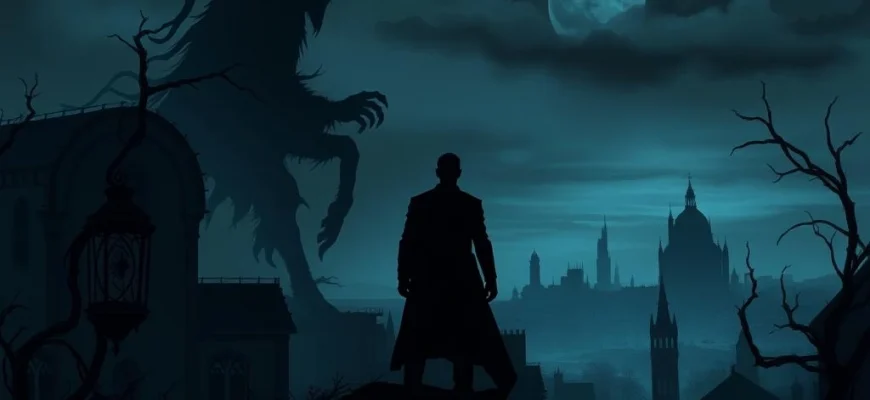If you loved the dark, gothic charm and brooding atmosphere of 'Batman Returns' (1992), you're in for a treat. This article explores 10 movies and shows that capture the same eerie aesthetic, complex villains, and noir-inspired storytelling. Whether you're a fan of Tim Burton's vision or just crave more twisted tales of heroism, these picks will satisfy your craving for dark, stylish cinema.
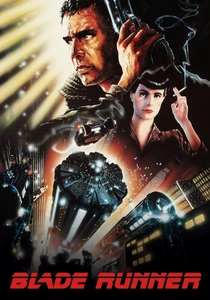
Blade Runner (1982)
Description: A cyberpunk masterpiece that blends noir storytelling with futuristic dystopia. The film's exploration of identity, humanity, and existential dread is wrapped in a visually stunning, rain-drenched metropolis.
Fact: The film initially underperformed at the box office but later became a cult classic. Ridley Scott's Director's Cut removed the original voice-over narration, significantly altering the film's tone.
 Watch Now
Watch Now 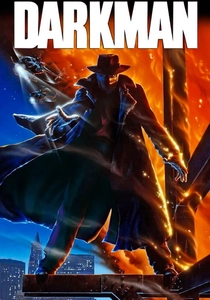
Darkman (1990)
Description: A tragic antihero story with a disfigured protagonist seeking vengeance. The film's blend of horror, action, and dark humor, along with its gothic undertones, makes it a unique entry in the superhero genre.
Fact: The film was originally conceived as a sequel to 'The Shadow' but evolved into an original story. Liam Neeson's performance helped establish him as a leading man in Hollywood.
 Watch Now
Watch Now 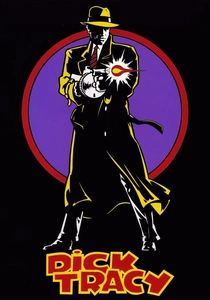
Dick Tracy (1990)
Description: A vibrant, stylized crime film with a comic strip aesthetic and a larger-than-life villain. The film's use of bold colors, exaggerated characters, and noir-inspired storytelling creates a visually striking experience.
Fact: The film's makeup effects, particularly for the villains, were groundbreaking and won an Academy Award. Warren Beatty spent over a decade developing the project before it was finally made.
 Watch Now
Watch Now 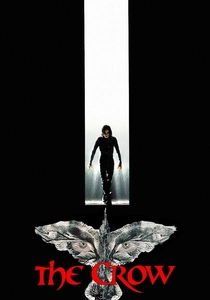
The Crow (1994)
Description: A dark fantasy revenge tale with a gothic aesthetic and a tragic antihero. The film's moody atmosphere, rain-soaked cityscapes, and themes of vengeance and redemption create a hauntingly poetic narrative.
Fact: Brandon Lee, the lead actor, tragically died during filming due to an on-set accident. The film's soundtrack became a cultural phenomenon, featuring artists like The Cure and Nine Inch Nails.
 Watch Now
Watch Now 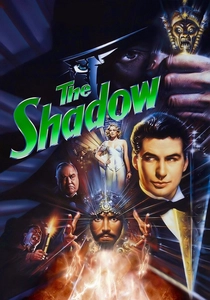
The Shadow (1994)
Description: A pulp-inspired superhero film with a dark, mysterious protagonist who operates in the shadows. The film's art deco visuals and supernatural elements create a unique blend of noir and fantasy.
Fact: The character of The Shadow originated in 1930s radio dramas and pulp magazines. The film's production design was heavily influenced by 1930s New York City.
 Watch Now
Watch Now 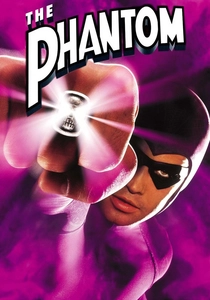
The Phantom (1996)
Description: A pulp adventure with a masked hero who fights crime in a stylized, larger-than-life world. The film's mix of action, mystery, and retro aesthetics harks back to classic serials and comic strips.
Fact: The Phantom is one of the first costumed superheroes, debuting in
 Watch Now
Watch Now 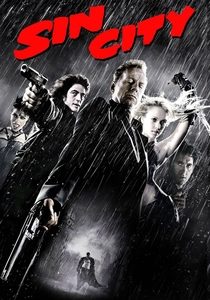
Sin City (2005)
Description: A neo-noir crime anthology with a stark black-and-white visual style punctuated by splashes of color. The film's dark, violent, and stylized storytelling mirrors the gothic and exaggerated tone of urban crime sagas.
Fact: The film was shot almost entirely against green screens, with backgrounds added in post-production. It was co-directed by Robert Rodriguez and Frank Miller, with Quentin Tarantino as a guest director for one scene.
 Watch Now
Watch Now 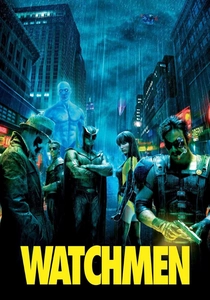
Watchmen (2009)
Description: A deconstruction of superhero mythology set in an alternate history, featuring morally ambiguous characters and a noir-inspired visual style. The film delves into themes of power, corruption, and identity.
Fact: The film's opening credits sequence is considered one of the most visually striking in cinema history. It was originally planned as a 12-issue comic series by Alan Moore and Dave Gibbons.
 Watch Now
Watch Now 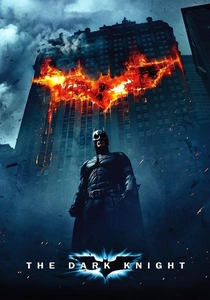
The Dark Knight (2008)
Description: A dark and gritty superhero film that explores themes of chaos, morality, and the duality of heroism. The film's brooding atmosphere and complex characters align with the tone of urban gothic storytelling.
Fact: Heath Ledger's portrayal of the Joker earned him a posthumous Academy Award for Best Supporting Actor. The film was the first superhero movie to gross over $1 billion worldwide.
 Watch Now
Watch Now 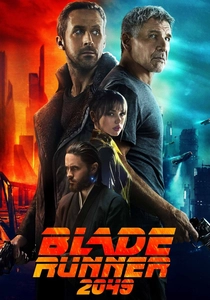
Blade Runner 2049 (2017)
Description: A visually breathtaking sequel that expands on themes of memory, identity, and what it means to be human. The film's melancholic tone and neon-lit dystopia echo the original's noir influences.
Fact: Roger Deakins won his first Academy Award for Best Cinematography for this film. The production used minimal CGI, relying instead on practical effects and real locations.
 Watch Now
Watch Now 
